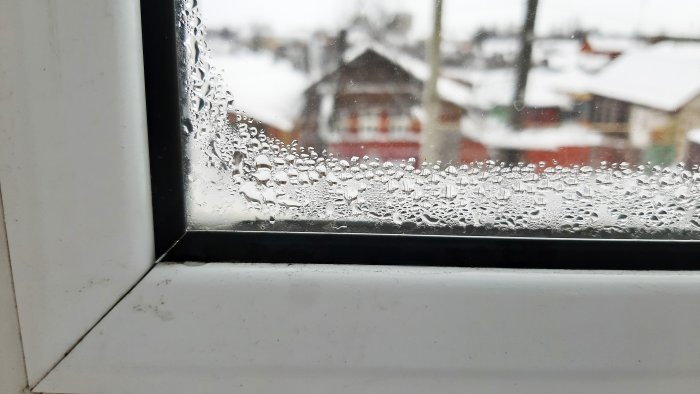We immediately exclude from consideration the situation with low-quality plastic windows. In this case, no matter what is done, they will still “cry” in winter. But sometimes condensation appears on windows of guaranteed quality. This means it’s not just a matter of filling the window opening. And this is true. Everyone knows what increased humidity in a room leads to: it is aesthetically unsightly, the microclimate in the room is disturbed, slopes become damp, mold appears, etc.
Reasons for condensation on windows and how to prevent it
The common idea that one insulation “breathes” and the other does not is not true. Polystyrene foam as insulation is no worse than mineral wool. It is important here that the insulation of the house is done efficiently, and not haphazardly.
In the absence of insulation on the facade, with the arrival of the cold season, you will have to face a phenomenon called the dew point – the process of condensation of moisture contained in the air, in the thickness of the walls or even on their inner surface, including concrete or metal lintels, as well as the window blocks themselves.
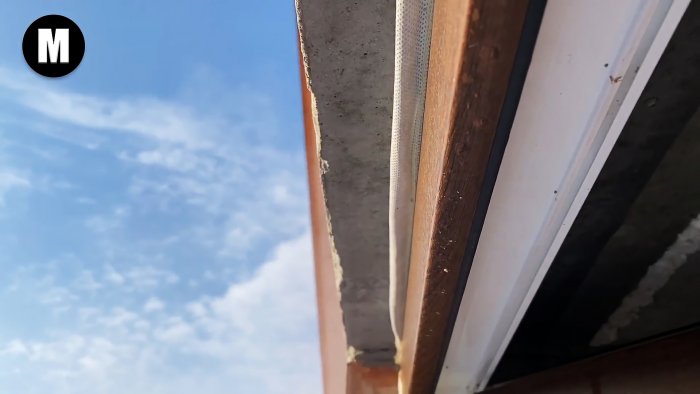

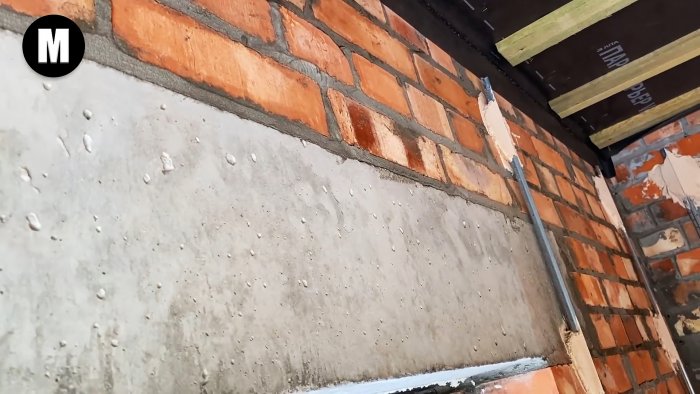
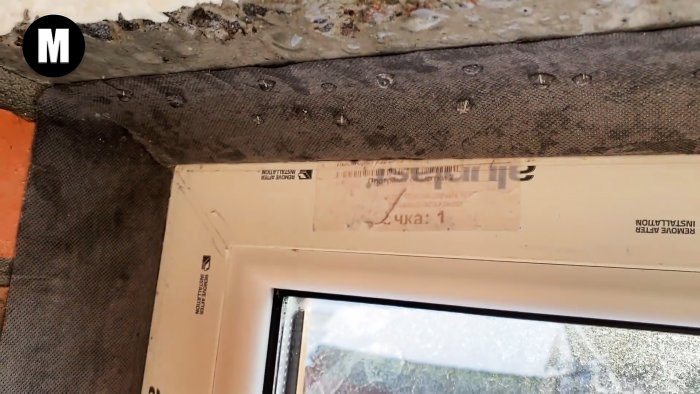
Therefore, it is not advisable to save on the thickness of the insulation. If polystyrene foam is chosen for this purpose, then the required thickness of this material should not be less than 10 cm. A certain margin of thickness in this case will be protection for days with extreme cold, which usually do not last long.
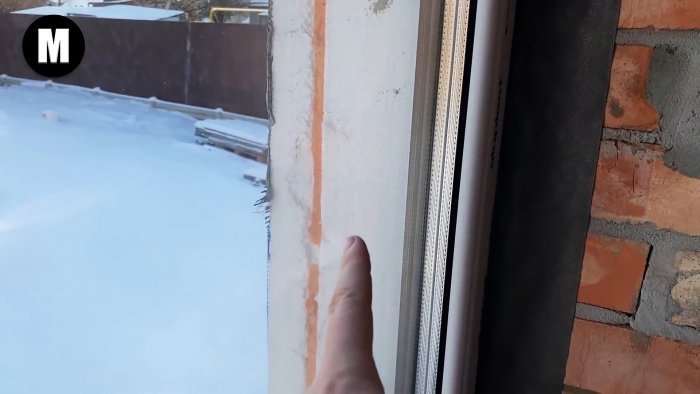
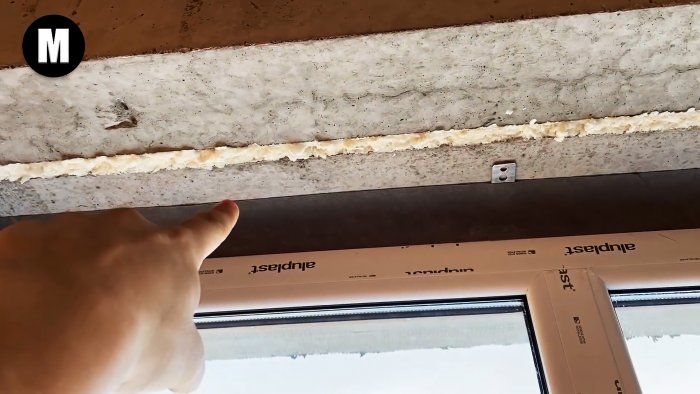
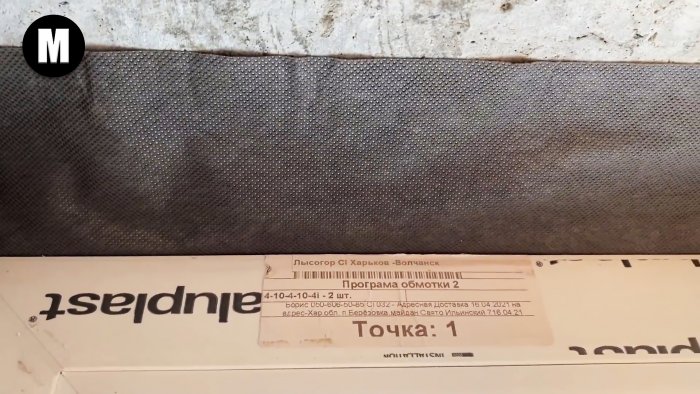
But sometimes condensation on double-glazed windows occurs even despite carefully insulated walls, window slopes, and even lintels. Most often this happens due to the wrong choice of windows or their poor quality, as well as due to sudden changes in temperature in the rooms.
So, if the house is constantly heated during the day, the temperature averages 22-24 degrees Celsius, and when the heating is turned off at night, it can drop to 15 degrees. As a result, the dew point is likely to move indoors and condensation is likely to appear on the windows.
Quite often, the cause of condensation on windows is the absence or poor functioning of ventilation. This usually leads to increased humidity in the room. Since window units are often colder compared to other parts of the interior, it is on them that moisture from the air, i.e. condensation, will first begin to settle.

